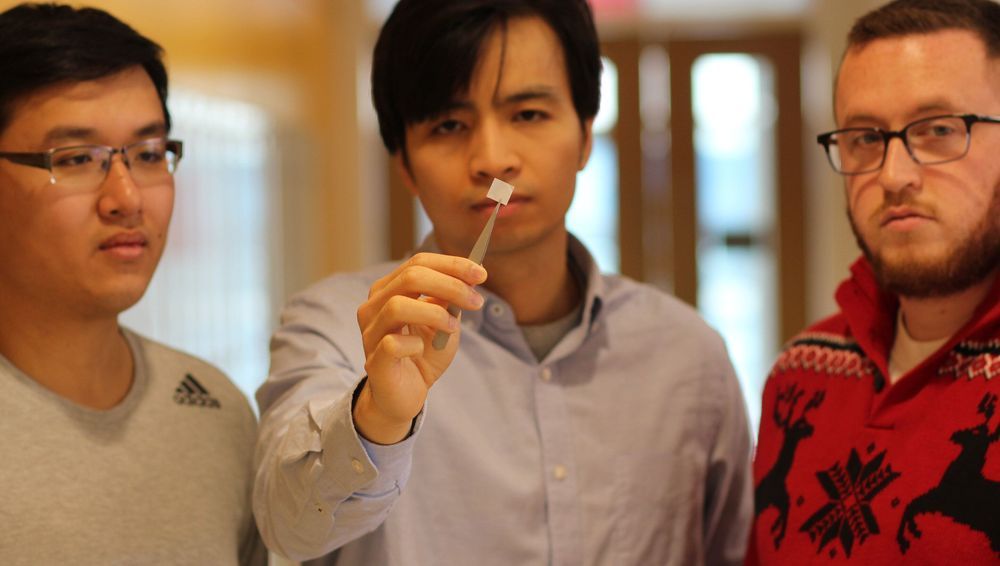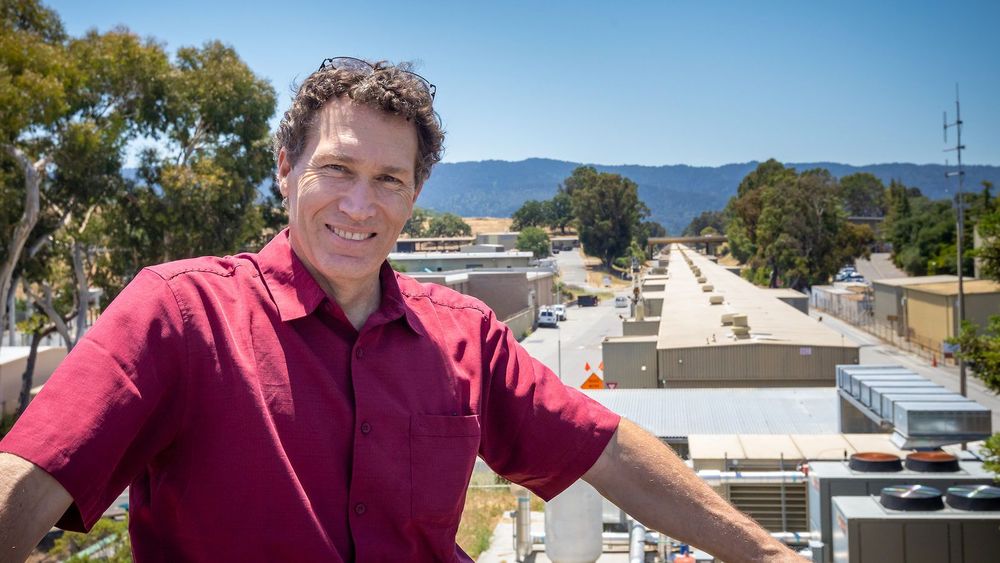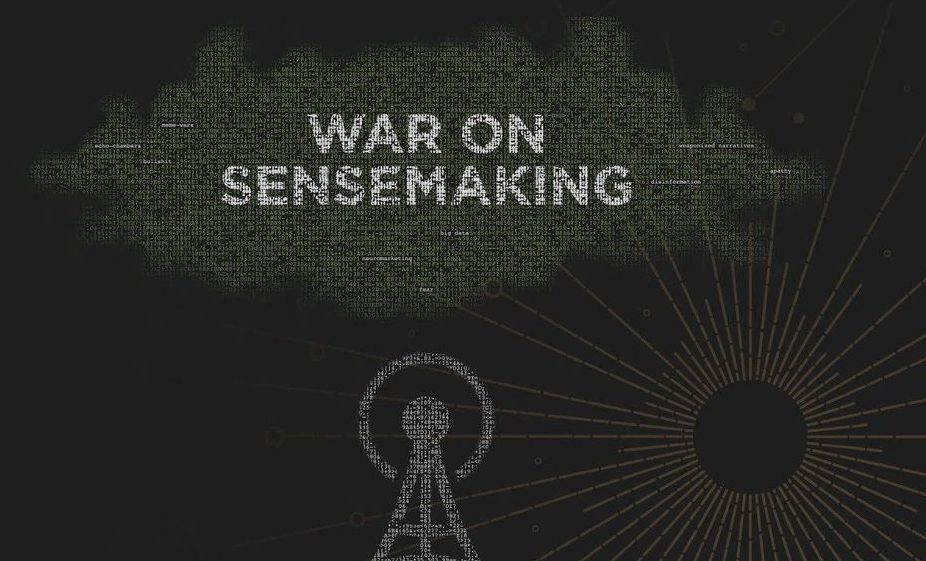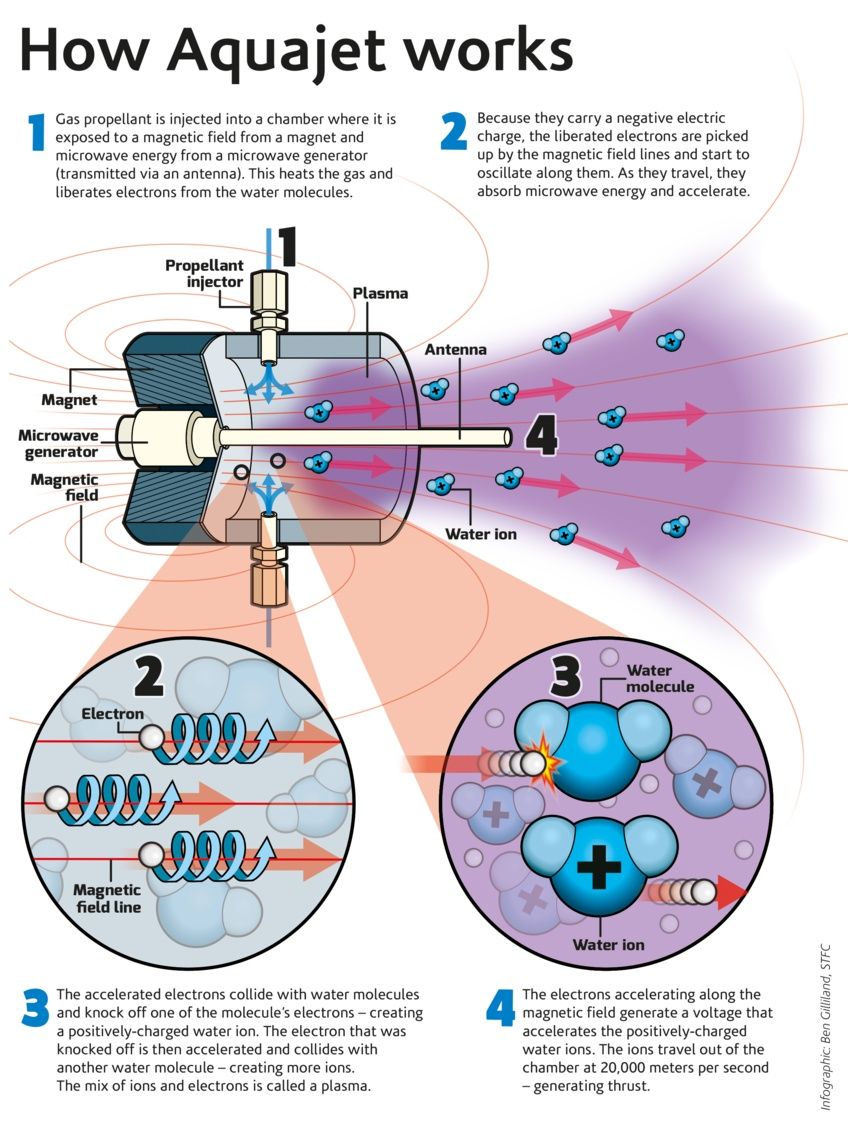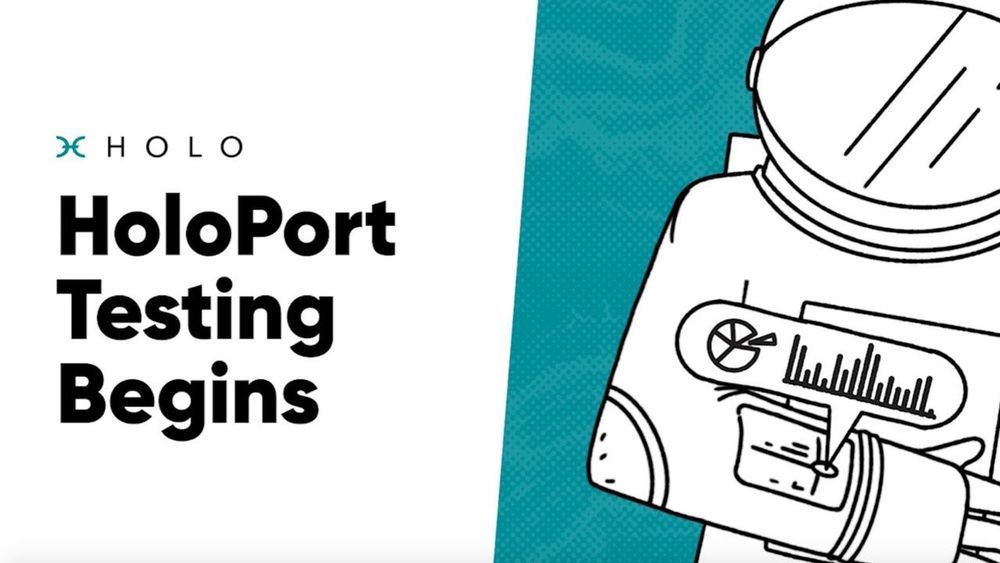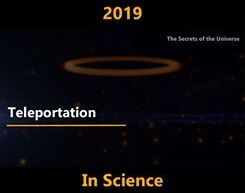UConn engineers have designed a non-toxic, biodegradable device that can help medication move from blood vessels into brain tissues —a route traditionally blocked by the body’s defense mechanisms. They describe their invention in the 23 December issue of PNAS.
Blood vessels in the brain are lined by cells fitted together tightly, forming a so-called blood-brain barrier, which walls off bacteria and toxins from the brain itself. But that blood-brain barrier also blocks medication for brain diseases such as cancer.
“A safe and effective way to open that barrier is ultrasound,” says Thanh Nguyen, a biomedical engineer at UConn. Ultrasonic waves, focused in the right place, can vibrate the cells lining blood vessels enough to open transient cracks in the blood-brain barrier large enough for medication to slip through. But the current ultrasound technology to do this requires multiple ultrasound sources arrayed around a person’s skull, and then using an MRI machine to guide the person operating the ultrasounds to focus the waves in just the right place. It’s bulky, difficult, and expensive to do every time a person needs a dose of medication.
